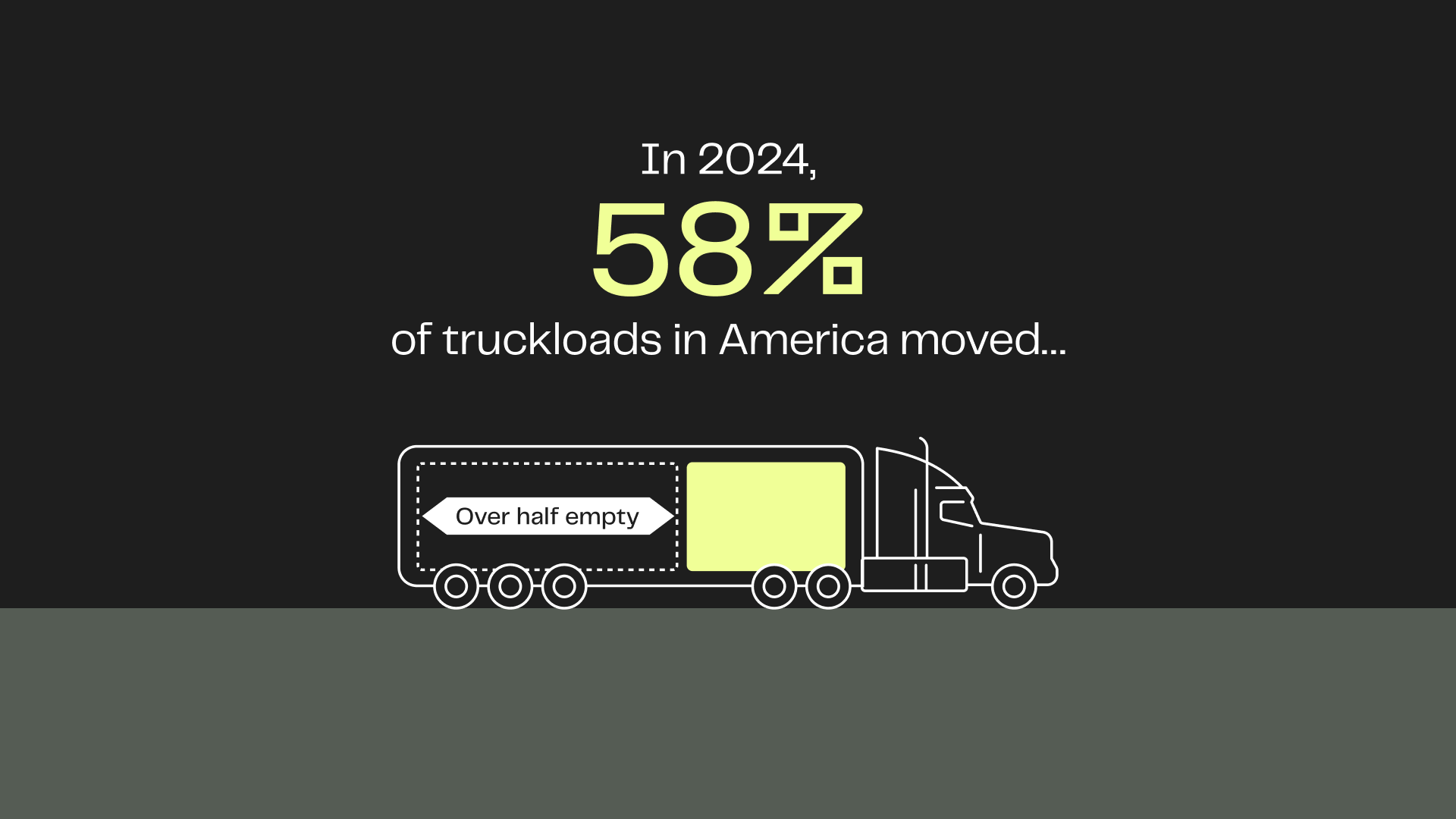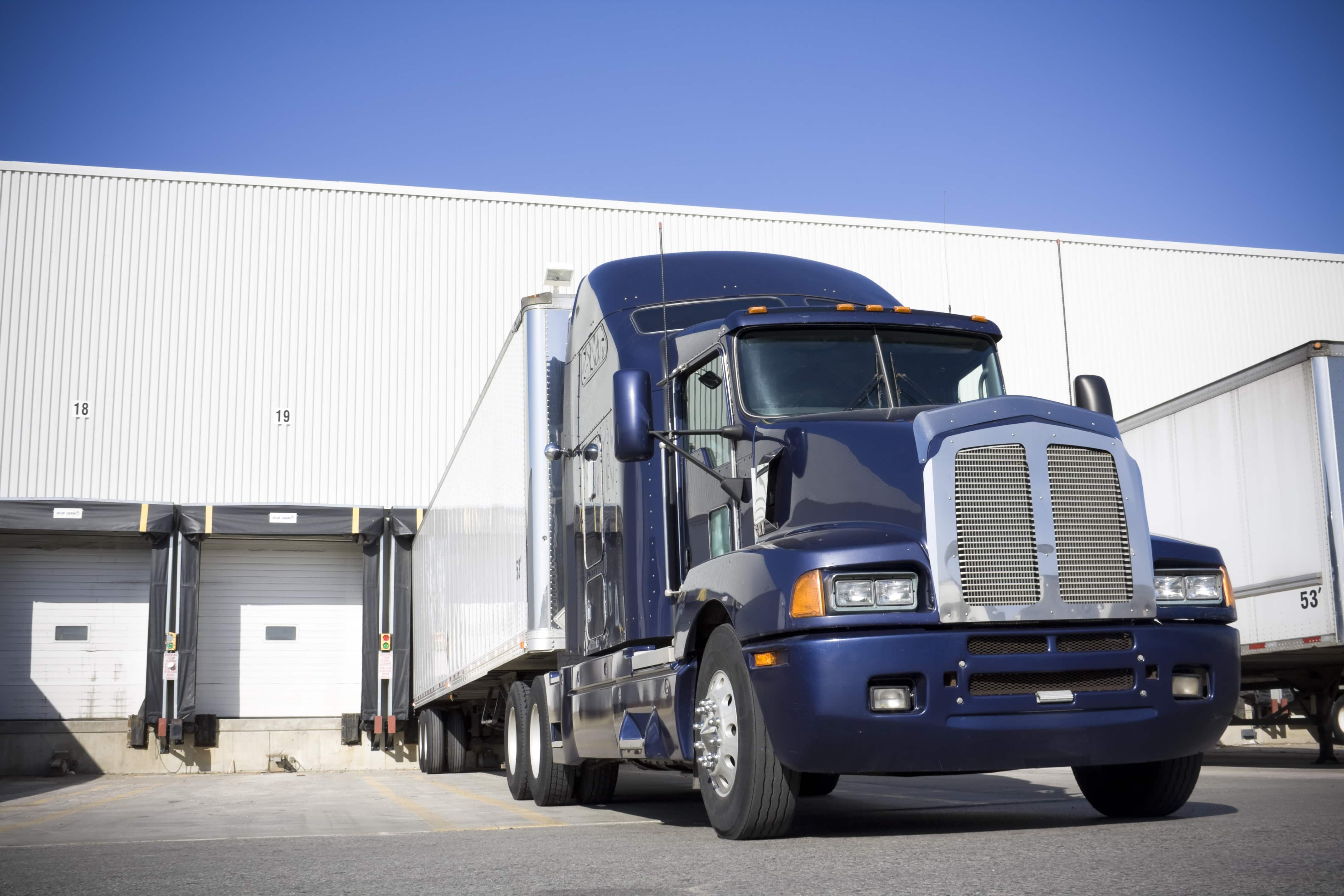Are Trucking Rates Still Going Down?

Today, constantly fluctuating market conditions, like supply and demand, fuel costs, and other related factors make trucking rates difficult to figure out. Are trucking rates going down in 2023?Most experts would say trucking rates are relaxing and flattening out after a few years of high rates and tight capacity due to demand. But the uncertain state of the US economy, the lack of consistent work for drivers, and recent part supply issues keeping semi-truck prices high all heavily impact these rates.Even with all that in mind, people constantly speculate about whether trucking rates are going down or not. The industry is constantly in flux due to internal and external pressures.This article will explore some of the different factors that influence trucking rates and how shippers and carriers can benefit from lower trucking rates.
Inflation and its impact on trucking rates
Inflation is the general cost increase for goods and services over time. Usually, this happens when the demand for goods is greater than the supply.The economy can suffer when inflation is high. For instance, the value of money decreases, making everything more expensive. People spend less money when things cost more, so economic growth slows overall. Inflation also increases the costs of production for businesses, which makes it harder to compete with bigger companies that have more runway in the bank.In terms of the trucking industry, inflation has a similar effect. Freight trucking rates will usually rise due to these factors:
- Higher fuel costs: Fuel is a major expense in the trucking industry, and higher fuel costs will increase the cost of transportation while decreasing profitability.
- Increased labor costs: Inflation usually leads to higher wages for workers in the industry, which is good for carriers, but not so good for shippers. Those with fewer resources may not be able to absorb the higher costs.
- Higher prices for maintenance: Prices for equipment, maintenance, related labor, and other operational requirements will increase with inflation, making the cost of doing business higher.
The economy impacting trucking rates isn’t new. In fact, the last trucking crash happened as recently as 2019. The trade war between the US and China, natural disasters, an oversupply of trucks, and regulatory changes all caused trucking rates to decline exponentially.But, the trucking industry is cyclical, experiencing ups and downs. During a downturn, rates will fall, and as the industry recovers, rates should rebound during a typical year.
The supply chain and its impact on trucking rates
For the trucking industry, the supply chain is essential. Without the transportation aspect of the supply chain, the entire chain breaks.Effective supply chain management, coordination, and collaboration will optimize trucking operations. This is important to reduce costs, improve delivery times, and generally make customers happier.But it’s not always as simple as it may seem for the supply chain to function as intended. For example, the COVID-19 pandemic severely (and suddenly) interrupted this chain and affected freight spot rates, especially at its height.Demand for certain goods and services decreased, but fleets transporting essential goods, like food or medical supplies, became even busier. At the same time, warehouses closed at the height of the pandemic to reduce virus outbreaks, interrupting truck routes at certain distribution locations. And finding places to eat or rest on the road became difficult for carriers when many restaurants were locked down, potentially decreasing how much time carriers could be on the road.When people buy less or companies can’t operate like they need to, there is less freight to move. This goes to show that disruptions in the supply chain are critical for the industry as a whole.
Current state of trucking rates in 2023
Coming out of 2022, we are starting to see how 2023 trucking rates will likely shape up.Chris Pickett, the Chief Operating Officer at Flock Freight, says the Inventory to Sales ratio going up from 1.33 to 1.34 from Q4 may indicate that inventory levels haven’t leveled off yet, which boosts demand for the trucking industry.And, according to data starting this year off, we can see imports, consumer purchases, and other related factors declined but remain inflationary for now considering year over year data. If this changes and one of these factors break year over year trends in the coming quarters of 2023, it may indicate we are in a recession (or getting close to one). At the same time, our demand remains mostly consistent, which shows we likely won’t face a collapse in the industry either way.Plus, even though spot rates fell over the past month or so, we can still believe Q4 of 2022 was our main deflationary inflection point. But until the market stabilizes, we won’t know for sure.Something to note is that trucking rates per mile increase when demand increases, which helps shippers and carriers determine the cost of transportation. If we look at historical data, these numbers should rise again as we move into the spring and summer months, which means trucking spot rates will likely start to normalize soon.Other experts say they are pessimistic about 2023 trucking rates due to the uncertainty of a looming recession and inflation, but they also think things won’t be as volatile as they have been in recent years. And, even though new rates negotiated by carriers are down as far as 12-16%, this will stabilize sooner rather than later due to the lag between spot and contract rates.
Expert tips for lowering your trucking rate
Even though the general expectation is that trucking expenses will decline or flatten out, there are factors that may change this outcome. After all, it can be hard to pinpoint with exact certainty when the economy will thrive or deflate.
Tips for shippers
To ensure you have the best trucking rates possible, here are some tips for you to lower trucking rates and save more money this year:
- Pool your shipments via shared truckloads (STLs) so you’re not waiting to fill a truck in order to get your product out the door.
- Use Flock Freight’s technology to optimize your routing and scheduling. This helps to reduce costs by improving route efficiency, reducing the number of trucks needed, and eliminating empty miles.
- Stay flexible and adjust your strategy according to changes in truckload market conditions.
Tips for carriers
For carriers, there are ways to take advantage of lower trucking rates. Keep the following in mind as you build your strategy for the year ahead:
- Hauling STL lets you complete more shipments in a single haul than LTL. This leads to more earning opportunities without the extra expenses, like additional fuel refills or truck wear and tear.
- Set up instant alerts via Flock Freight’s platform to immediately get an email when a matching load becomes available on your preferred lanes.
- Take advantage of backhaul opportunities with reload suggestions that will allow you to avoid some extra costs and complete additional hauls without too much additional effort.
Calculate cost savings today
Many factors affect trucking rates, like inflation and supply chain issues. We can anticipate trucking rates going down more this year, but uncertainty surrounding the economy and supply issues may still have an impact.Inflation can lead to higher operating, labor, and maintenance costs, which all affect shipping rates. Plus, disruptions in the supply chain due can amplify these issues.Even with all of this in mind, there are ways for shippers to reduce their trucking rates and carriers to still earn. Paying attention to the markets, increasing or combining shipments, and expanding your network is a great place to start.And, for the latest and greatest in trucking technology, Flock Freight has access to insider knowledge on industry trends, tips, and all the predictions you’d ever need. Get these delivered directly to your inbox by subscribing to our newsletter, The Haul.





